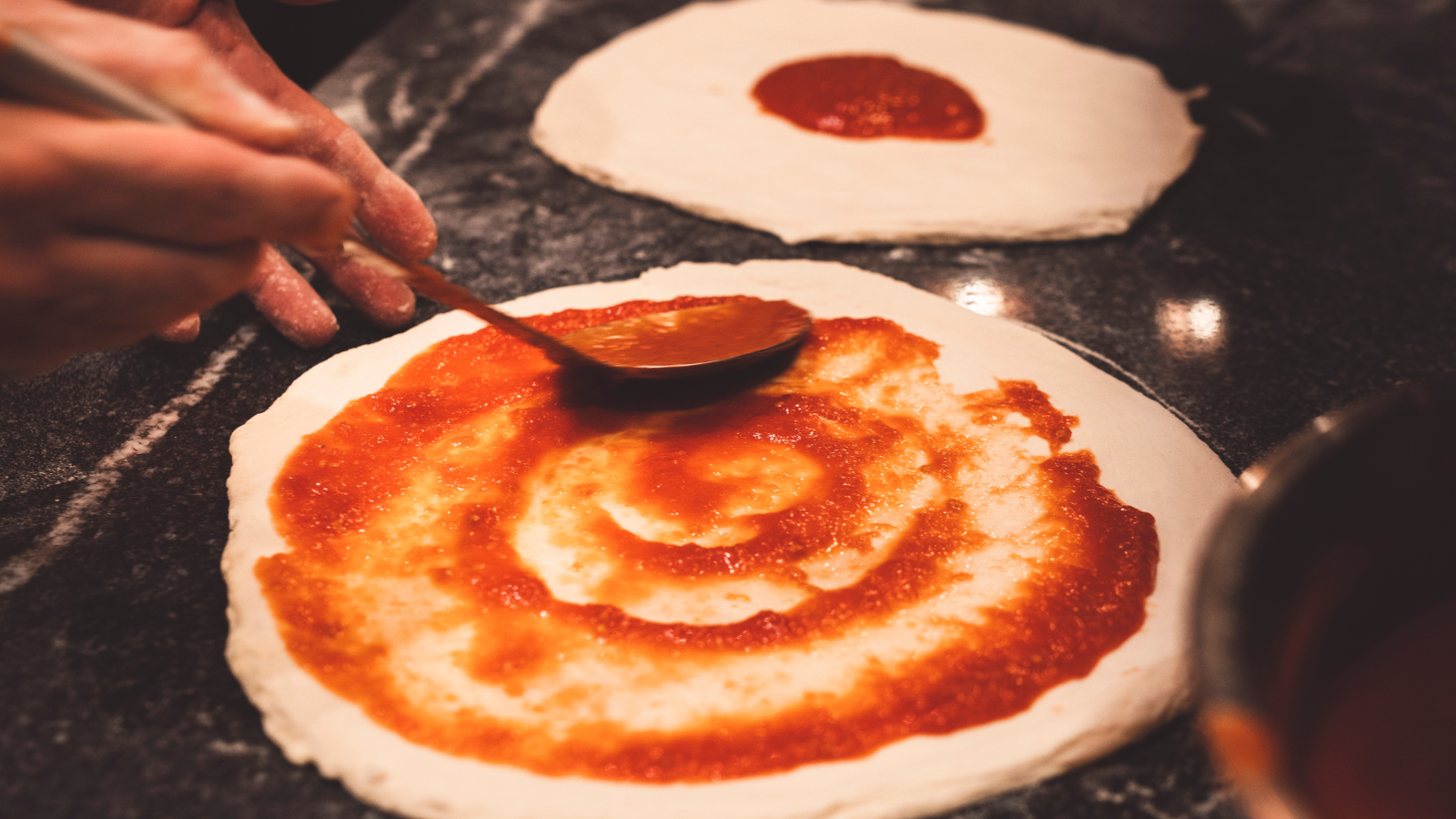Tips for Adding Pizza to Your Menu
Many restaurants are interested in adding pizza to the menu simply because pizza can be so profitable. The process of adding it to the menu, however, can be overwhelming. But it doesn't have to be. With a bit of planning and finding answers to some basic questions, adding pizza to your menu can be easier than expected.
How To Add Pizza To Your Menu
Though the ingredients behind a great pizza are often simple in nature, scaling up an operation to meet consumer demands while keeping overhead to a minimum is the challenge that can also lead to success or failure. When considering how to add pizza to a menu, some of the most important questions include the following:
What type of pizza are you going to add to your menu?
First, restaurants must consider what type of pizza styles they want to add to the menu. Beyond cheese, sauce, and dough, operators must consider how those ingredients will be assembled. Deep dish? Tavern style? Detroit style? Classic Neopolitan? Start by choosing a style (or two).
Next, toppings will play a big role in the types of pizza operators are adding to the menu. For example, pizzerias that want to provide a veggie-lover or meat-lover pizza will have to develop those ingredient lists and prep equipment accordingly. What about operators who want to provide more gourmet styles? This can add wrinkles to the supply chain, and operators may want to consider production from both an ingredient perspective, as well as the equipment needed to produce the pizza styles of choice.
Can you sure up the supply chain?
As we mentioned, procuring the right ingredients is important, and in today's foodservice landscape, it can also be a big challenge. Developing and maintaining relationships with food suppliers is important.
At the same time, ensuring pizza equipment manufacturers is also an important part of the process. Whether an operator is replacing existing equipment or building out a brand new restaurant, it's important to know how quickly one can obtain the equipment needed for successful pizza service.
What are your throughput needs?
Restaurants that add pizza to the menu need to think about whether they want to be a large operation or a small operation. Working with national food companies may be appropriate for large operations, but they lack individualized service. Small, regional distributors offer customizable, individualized service, but they might be unable to keep up with the restaurant as it grows.
By answering these questions ahead of time, restaurants can anticipate challenges, avoid obstacles, and meet the rising demands of their patrons. Answers to these questions can vary from restaurant to restaurant, and those answers will also dictate the type of equipment needed to add pizza to the menu. Looking for high-volume takeout and delivery? Select your oven accordingly.
What goes into the perfect crust?
Delicious pizza? It's all held together with the perfect crust, and the perfect crust is a product of the right flour, the right process, and the right oven.
Go behind the scenes with our own Chef Ron, and discover his top five tips for a successful pizza program. Yes, there are important tools like dough rollers or ventless pizza ovens that can help make an operation more efficient and more profitable, but at the end of the day, great pizza comes from the heart -- and from experience. Let Chef Ron share his love of pizza with you in our new pizza tips sheet.



